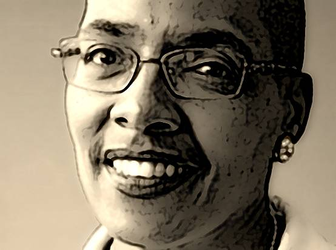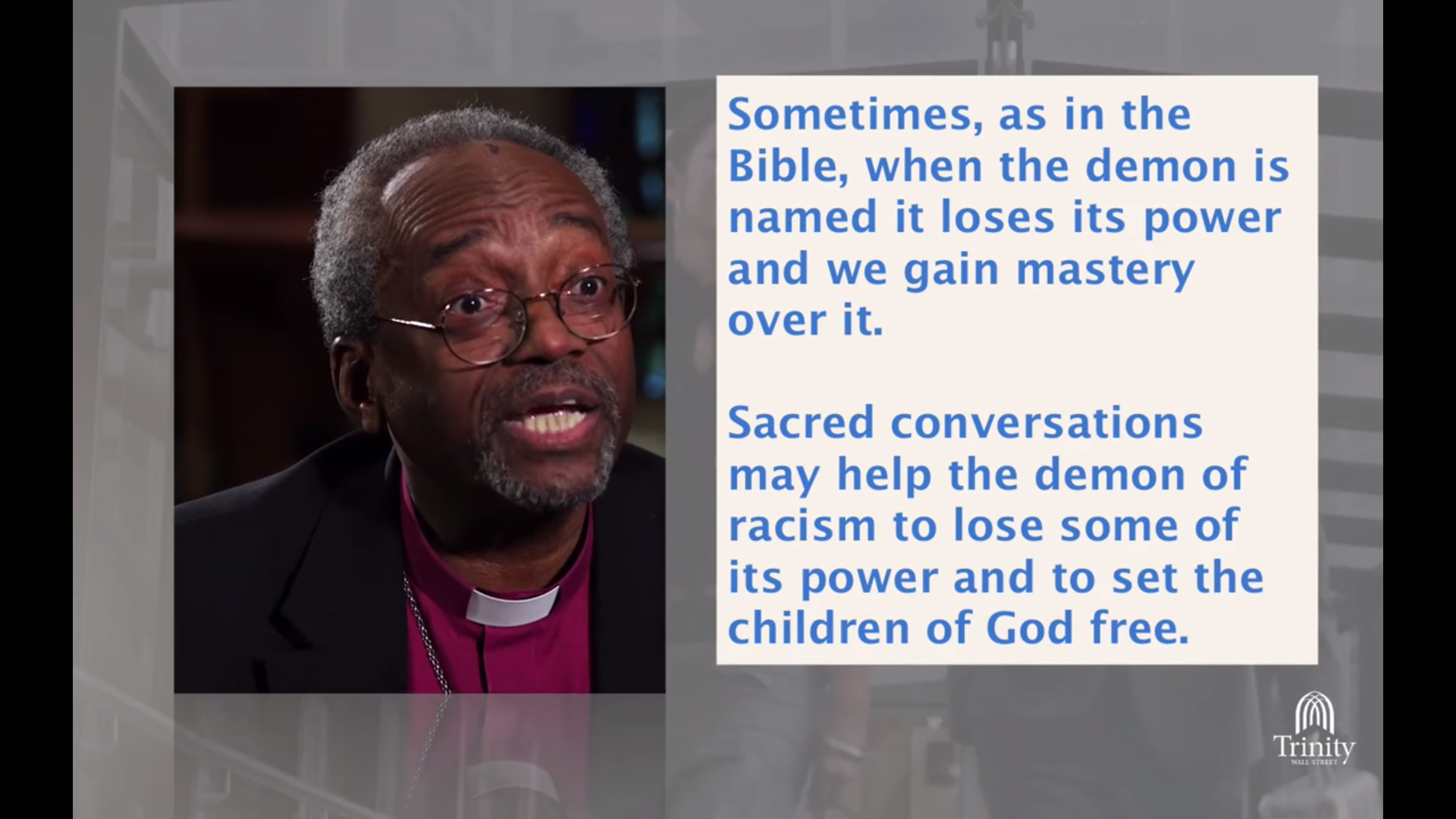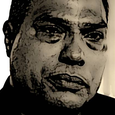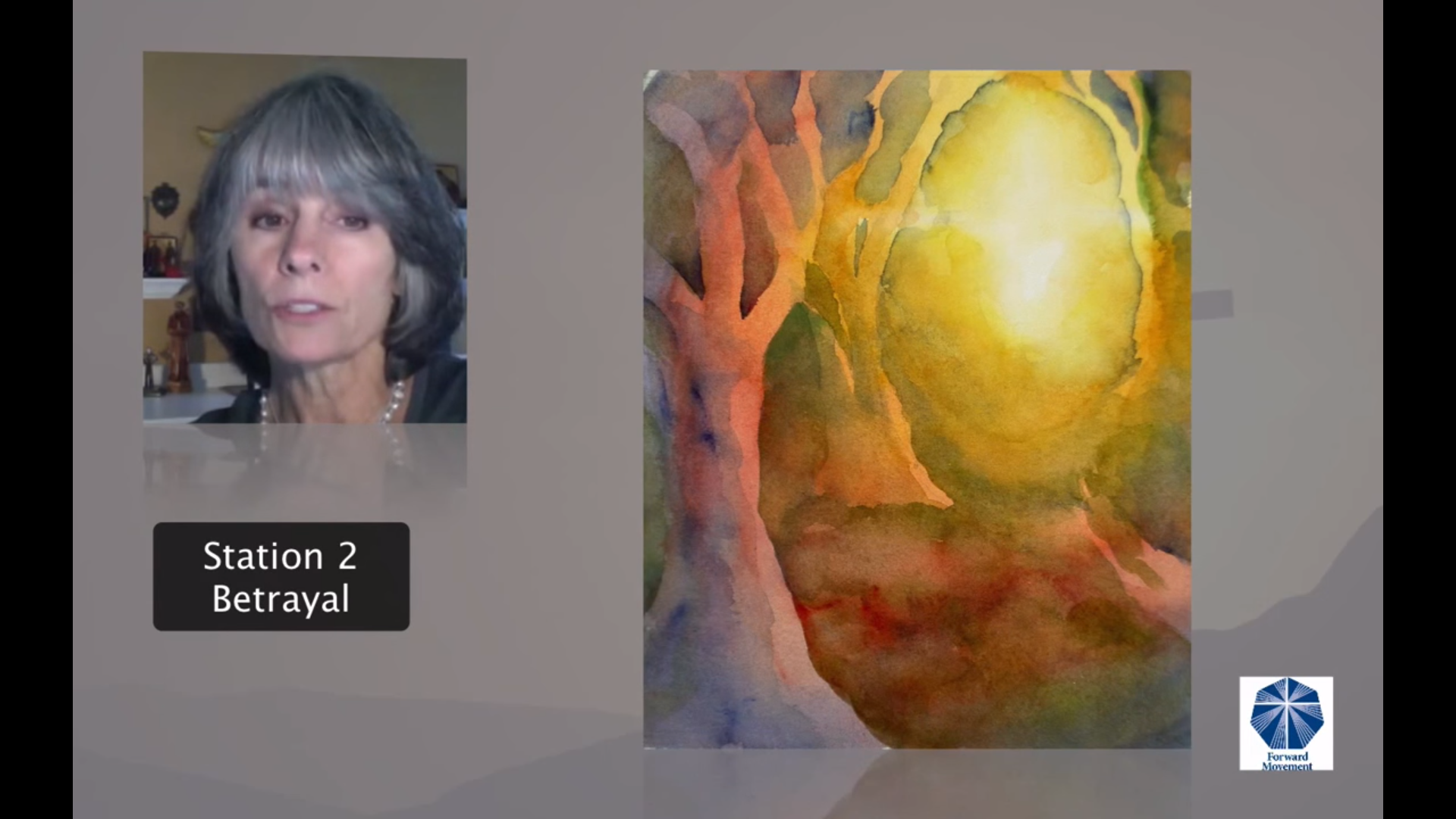
This week, consider taking Whiteness and Racial Justice with Kelly Brown Douglas For Individuals and For Groups, the second class in our free Lenten series on building racial justice.
In this class, Kelly Brown Douglas, a professor of religion at Groucher College in Baltimore, an author, and an Episcopal priest, discusses how whiteness in America originated and developed as a cherished attribute. Whiteness was a quality that anybody whose skin could possibly be considered “white” claimed eagerly and that put anyone whose skin could not be considered “white” at a huge disadvantage. Since the system was developed and perpetuated by white people, she argues, we cannot expect it to develop organically into a system that treats non-whites justly. Action is required to interrupt a system this ingrained and unbalanced; we cannot expect it to improve on its own.
Why should we focus our energy on disrupting this biased arrangement? Among the many religions across the world, Christianity is unusual in that its God, incarnate on earth, was one of the powerless. Jesus was poor, a member of an occupied nation, and ultimately, he was put to death because of his position in relation to more than one oppressive political force — and in the end, they could not beat him. He came back. He stands with the powerless. As Dr. Brown puts it, “It becomes clear – and became clear to slaves – that in the Bible, God stands on the side of the crucified, not the crucifiers.” This is not a religion that should tolerate, let alone perpetuate, an unjust status quo like the one that continues to thrive in the U.S.
If you would like to learn from Kelly Brown Douglas about racial oppression in the U.S. and how to resist it, please consider taking this class. For a preview, click below.




 Janani Luwun was Archbishop of Uganda and Martyr. He had the dubious fortune to become Archbishop of Uganda when Uganda was being crushed into submission by the government of Idi Amin. Archbishop Luwun stood up to the Amin government’s corrupt, self-serving, and murderous practices despite near-constant threats to Luwun’s life. He protested, both publicly and — this man had serious courage — personally to Amin himself against the arbitrary killings and “disappearances” of people under Amin’s regime. Archbishop Luwun refused to back down and was shot to death by the Amin government in 1977. He was the kind of Christian whom many of us today aspire to be: a Christian who refuses to tolerate the world’s injustices.
Janani Luwun was Archbishop of Uganda and Martyr. He had the dubious fortune to become Archbishop of Uganda when Uganda was being crushed into submission by the government of Idi Amin. Archbishop Luwun stood up to the Amin government’s corrupt, self-serving, and murderous practices despite near-constant threats to Luwun’s life. He protested, both publicly and — this man had serious courage — personally to Amin himself against the arbitrary killings and “disappearances” of people under Amin’s regime. Archbishop Luwun refused to back down and was shot to death by the Amin government in 1977. He was the kind of Christian whom many of us today aspire to be: a Christian who refuses to tolerate the world’s injustices.









 with our dented and dirty haloes) offers the
with our dented and dirty haloes) offers the 
